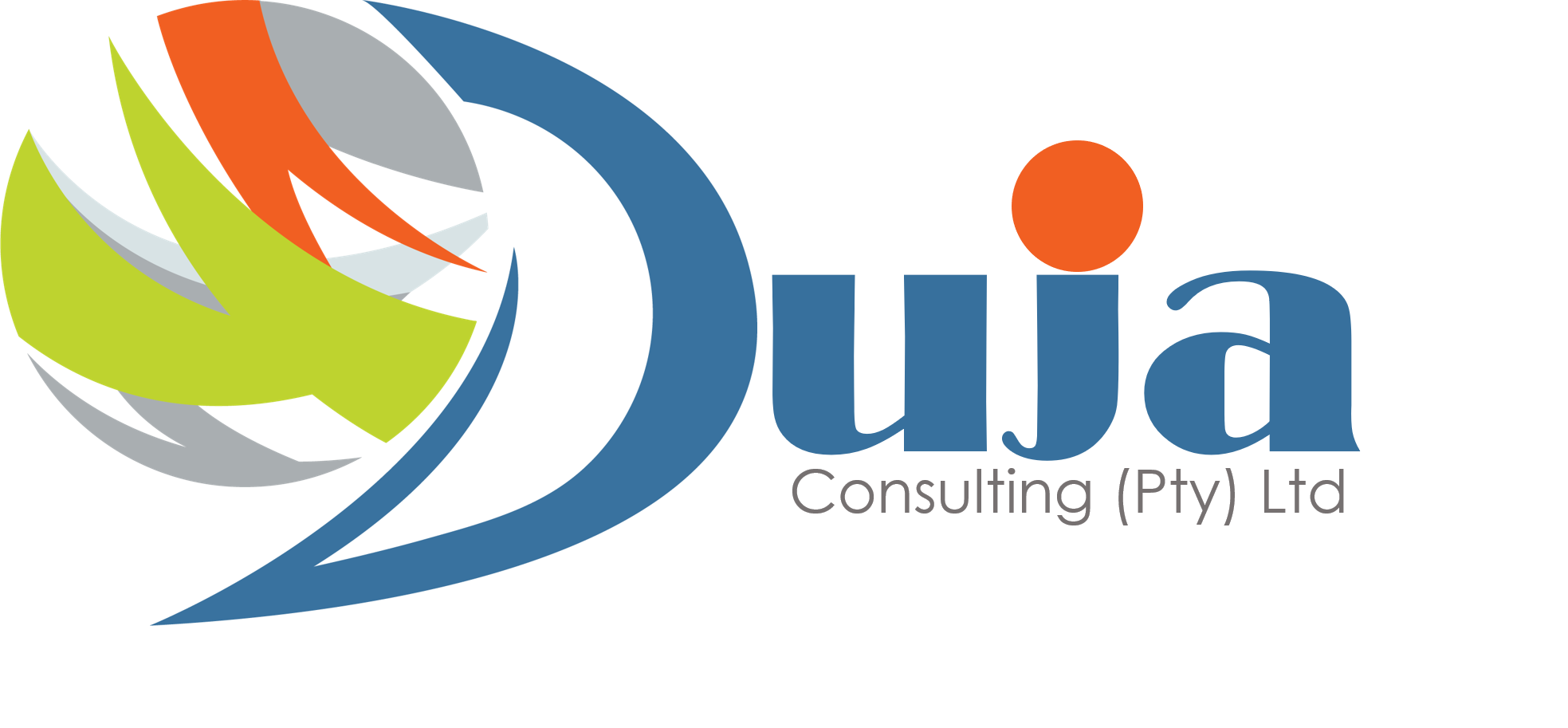Forensic audits in the medical insurance sector are critical for maintaining financial integrity and preventing fraudulent activities. As the healthcare industry grows, so does the complexity of its financial transactions and claims processes. To ensure that forensic audits are effective, practitioners should adhere to several best practices. This guide outlines key strategies for executing successful forensic audits in medical insurance.
1. Establish Clear Objectives
Before initiating an audit, clearly define the objectives. Determine whether the focus is detecting fraud, ensuring compliance, or assessing financial accuracy. A well-defined scope helps streamline the audit process and directs efforts towards achieving specific goals.
2. Engage Expert Auditors
Involve auditors with specialised knowledge in medical insurance and forensic accounting. These experts are adept at identifying anomalies in complex claims data and understanding industry-specific regulations, which enhances the accuracy of the audit.
3. Utilise Advanced Data Analytics
Leverage data analytics tools to scrutinise large volumes of claims data. Advanced analytical techniques, such as predictive modelling and anomaly detection, can reveal patterns indicative of fraudulent activities or billing errors that might be missed through manual review.
4. Implement Comprehensive Documentation Procedures
Maintain meticulous records throughout the audit process. Documenting each step, including methodologies, findings, and correspondence, provides a clear trail of evidence and supports the audit’s conclusions. This documentation is crucial for legal and regulatory purposes.
5. Ensure Compliance with Legal and Regulatory Standards
Adhere to legal and regulatory requirements specific to medical insurance audits. Compliance with standards such as the International Financial Reporting Standards (IFRS) and local regulations ensures that the audit meets legal expectations and maintains credibility.
6. Conduct Thorough Interviews and Investigations
To gather comprehensive information, engage with stakeholders, including insurance claimants, healthcare providers, and internal staff. Interviews and investigations can uncover insights that data alone might not reveal, providing a fuller picture of potential issues.
7. Develop a Detailed Audit Report
Prepare a detailed report outlining the audit findings, methodologies, and recommendations. A well-structured report communicates the results effectively and serves as a valuable tool for addressing identified issues and implementing corrective actions.
8. Promote Continuous Improvement
Use the findings from forensic audits to improve claims processing and fraud prevention strategies. Regular reviews and updates to internal controls and procedures help mitigate future risks and enhance overall system integrity.
Conclusion
Adhering to these best practices ensures that forensic audits in medical insurance are thorough, effective, and compliant with industry standards. Organisations can detect and address fraudulent activities and maintain financial integrity by focusing on clear objectives, engaging experts, and utilising advanced tools.
For further assistance with forensic audits or to discuss best practices in detail, connect with Duja Consulting. Our team of experts is dedicated to helping you navigate the complexities of forensic audits in the medical insurance sector.
Connect with Duja Consulting today to enhance your audit practices and safeguard your organisation’s financial health.
